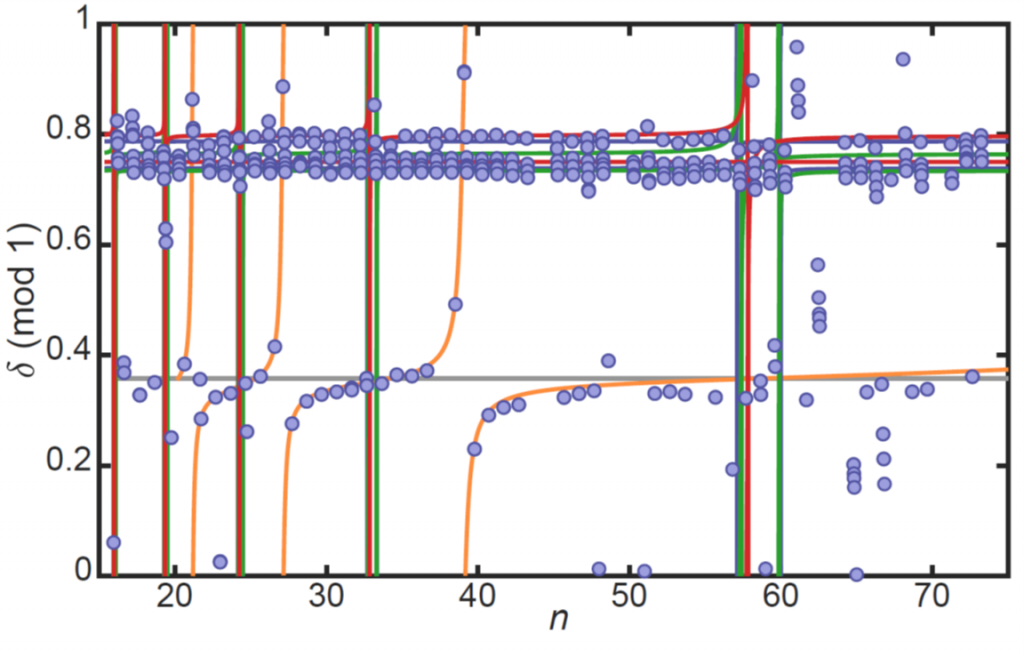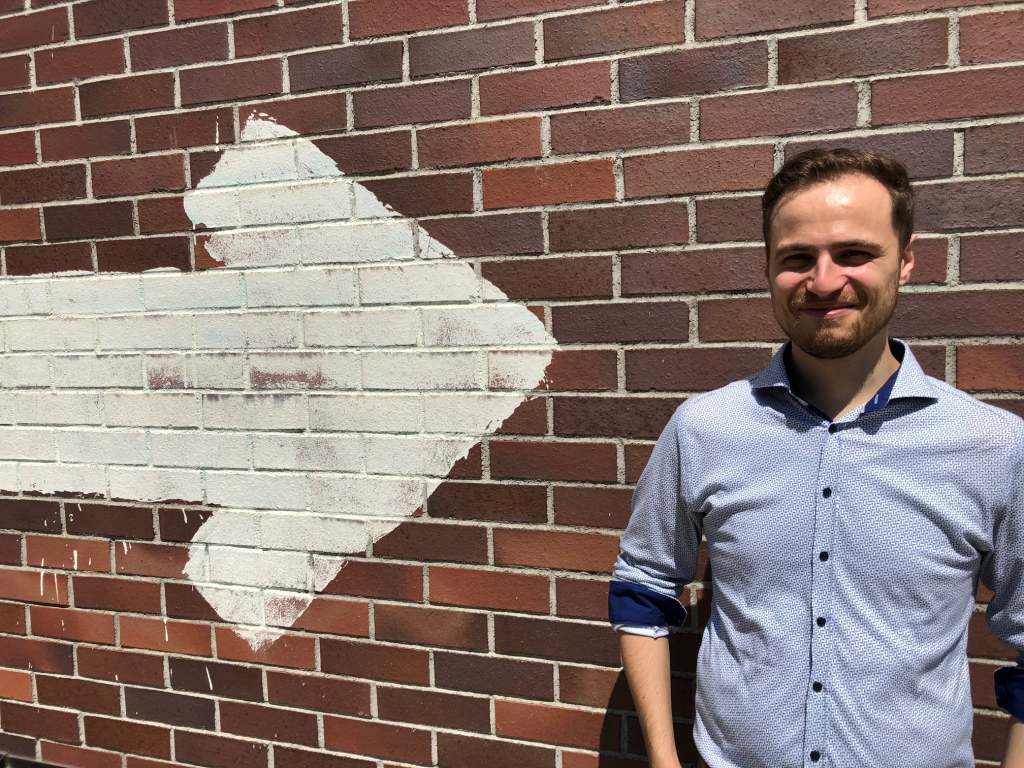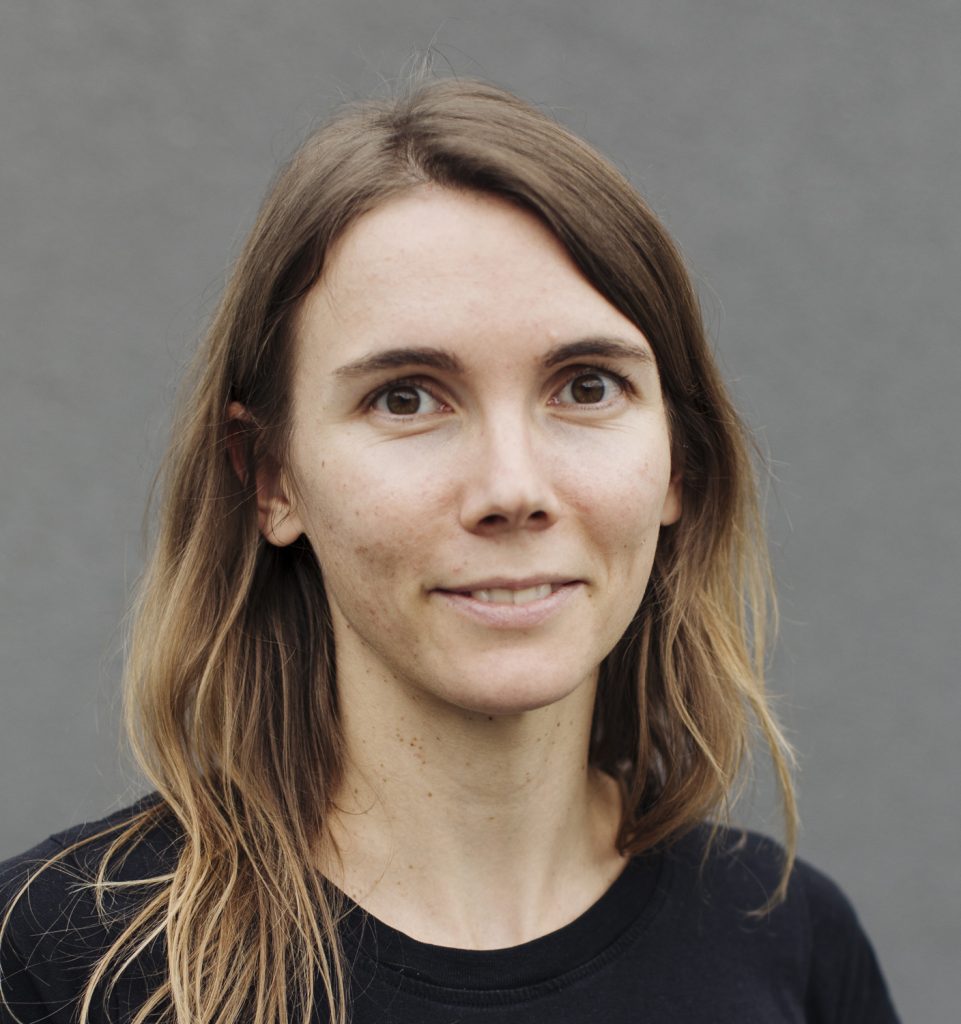
Now published in PRL! In a new joint theory-experimental collaboration, we investigate the extent that angular oscillations of a dipolar supersolid can tell us about the superfluidity of the system. Previous investigations of this been confined to linear droplet arrays.
Here, together with Prof. Luis Santos at the University of Hannover, we explore angular oscillations in systems with 2D structure, which in principle have greater sensitivity to superfluidity. Surprisingly, in both experiment and simulation, we find that the frequency of angular oscillations remains nearly unchanged even when the superfluidity of the system is altered dramatically. Indicating that angular oscillation measurements do not always provide a robust experimental probe of superfluidity with typical experimental protocols.
The paper can be accessed here: PRL 129, 040403 and the preprint here: arXiv:2111.07768



